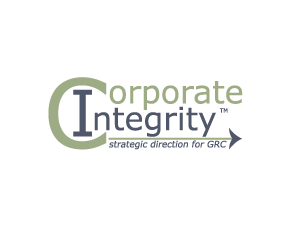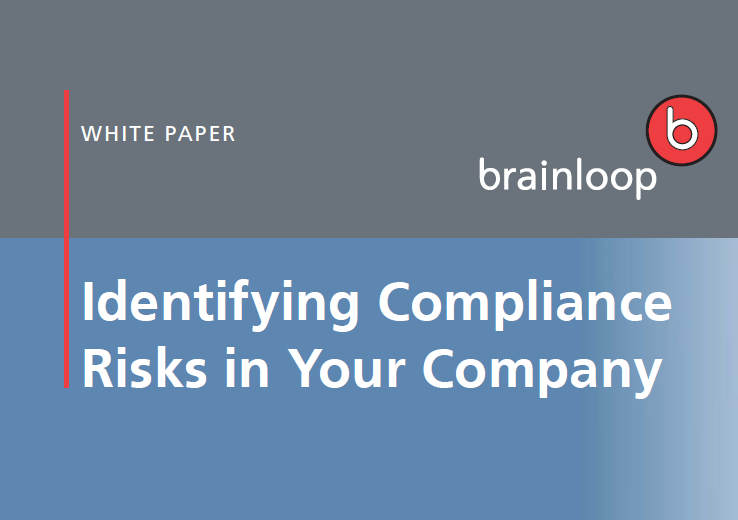Unlock the Power of the UCF to Solve Complex Compliance Issues
Managing compliance is tedious, time consuming and complex. Organizations are required to comply with multiple sets of external regulations encompassing hundreds, if not thousands, of individual controls scoped with varying applicability across multiple geographic locations and business units. To add to the confusion, this compliance is a constantly shifting target. The Unified Compliance Framework (UCF) eases the burden by giving organizations a defined set of common "harmonized" controls covering more than 500 separate regulations.
Foundations of GRC: Streamlining Compliance
May 2009 - Organizational exposure to compliance risk is rising while the cost of compliance soars. Additionally, the ad hoc, reactive approach to compliance brings complexity, forcing business to be less agile. Organizations typically address compliance as singular issues and obligations; as a result they have multiple initiatives working in isolation to respond to each regulatory requirement.
Continuously Compliant: Ensuring Proactive, Comprehensive Compliance
By Stephen Walker, Aberdeen Group
The steadily rising barrage of governmental, industry-specific, and internally imposed regulatory mandates, coupled with the potentially disastrous consequences to company image, brand value, and ultimately revenues that can result from a single instance of non-compliance,
How to Effectively Manage the Compliance Lifecycle
In today's world of high uncertainty, rapid economic changes, and increasingly complex regulations, compliance has become a permanent part of doing business. Juggling the requirements of industry regulations, data privacy laws, and government mandates is no easy task, and maintaining ongoing compliance is complicated by constant changes, amendments, and overlaps. What's more, as regulations increase, the resources needed to comply with them increase as well – and so do the stakes.
Value of a Common Architecture for GRC Platforms
Jan 2010 - Business is complex and dynamic, and requires agility to stay competitive. Market leadership requires the organization is quick to respond to changing conditions - to pause means loss. Governance, risk, and compliance (GRC) processes often work against business agility. Requirements and initiatives managed across numerous silos, using manual or varying technology approaches, burden the business. The lackof a common process and technology architecture comes at a significant management cost.
Ten Questions to Identify Compliance Risks When Sharing Information
Corporate and regulatory compliance policies have forced companies to ensure that information flows are documented, auditable, and highly secure. Yet in order to conduct their business, companies must share sensitive information outside the firewall, introducing serious potential information risk.
Best Practices: Implementing A Governance, Risk, And Compliance Program
By Chris McClean, Forrester
Software applications for managing governance, risk, and compliance (GRC) continue to mature with impressive features and functions. Even more impressive are the organizational and strategic advancements companies are making by closely linking these three traditionally distinct functions;
IT-GRC: Aligning Risk and Compliance Processes to Business Strategies
By Stephen Walker




















